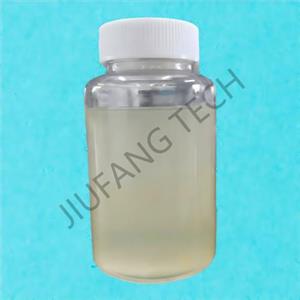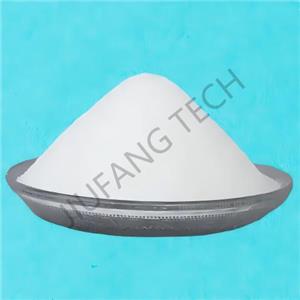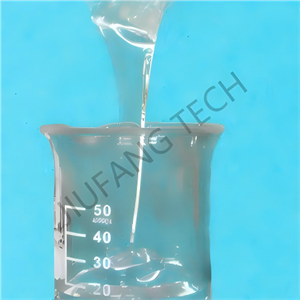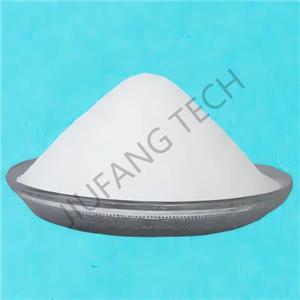The role of PHPA in fracturing fluids
The role of PHPA in fracturing fluid
Thickening effect of PHPA in oilfield:
PHPA, also named partially hydrolyzed polyacrylamide can significantly increase the viscosity of the fracturing fluid. A high-viscosity fracturing fluid can better carry proppants into formation fractures, providing efficient diversion channels for oil and gas, thereby increasing the production of oil and gas wells. PHPA ensures a more uniform distribution of proppants in the fractures and avoids local accumulation or absence.
Sand suspension performance of PHPA in oilfield:
Due to the thickening effect of PHPA, PHPA endow the fracturing fluid with good sand suspension ability. This enables the proppants to be uniformly suspended in the fracturing fluid and prevents premature settlement of the proppants during the fracturing process, thus ensuring the effectiveness and stability of the fracturing operation.
Adjusting rheological properties of PHPA in oilfield:
The rheological properties of the fracturing fluid can be adjusted according to different formation conditions and construction requirements. In complex formation environments, by changing the molecular structure and concentration of PHPA, the fracturing fluid maintains appropriate viscosity and performance to adapt to special formation conditions such as high temperature and high pressure.
Protecting the reservoir of PHPA in oilfield: Reduce the damage of the fracturing fluid to the reservoir and reduce the loss of reservoir permeability. After the fracturing operation, PHPA in oilfield can be discharged from the formation through degradation or flowback, reducing the long-term impact on the reservoir.
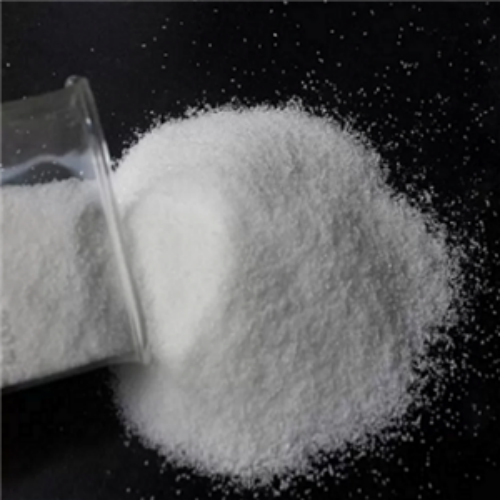
In the secondary or tertiary oil recovery stage, PHPA (Partially Hydrolyzed Polyacrylamide) is an important oil displacement agent used to increase crude oil recovery.
During conventional water flooding exploitation, due to the low viscosity and strong fluidity of the injected water, it is likely to "finger" along high - permeability layers (flow preferentially through formations with good permeability), resulting in a large amount of crude oil remaining undisplaced. PHPA can be dissolved in the injected water, significantly increasing the viscosity of the aqueous solution and reducing the water phase permeability. This makes the injected water advance more evenly, expands the swept volume, and thus drives more residual crude oil to flow towards the production well, increasing the recovery rate (especially suitable for medium - low permeability oil reservoirs). In the middle and late stages of oilfield development, due to the formation heterogeneity (co - existence of high - permeability and low - permeability layers) in some oil wells, problems such as "channeling" of the injected water (flowing preferentially through high - permeability layers) or excessive water production in production wells may occur. At this time, PHPA can be used as a profile - control and water - shutoff agent. Injecting a PHPA solution into the high - permeability layer, taking advantage of its viscosity - increasing property or reacting with calcium and magnesium ions in the formation to form a gel, blocks the high - permeability channels, forcing the subsequent injected water to divert to the low - permeability layer, improving the injection profile and enhancing the sweep efficiency.
As a Fracturing Fluid Additive In hydraulic fracturing operations, PHPA can be used as a thickener for the fracturing fluid. It increases the viscosity of the fracturing fluid, enhances its sand carrying capacity (carrying proppants into the fractures), and at the same time reduces fluid loss, ensuring the full extension of the fractures. After the construction, PHPA is degraded by a breaker, allowing the fracturing fluid to flow back and reducing damage to the formation. In conclusion, with its excellent properties such as viscosity - increasing, flocculating, and blocking, PHPA plays a key role in multiple aspects of oilfield drilling, oil production, profile - control, and fracturing. It is an important chemical agent for improving the efficiency and economic benefits of oilfield development.

